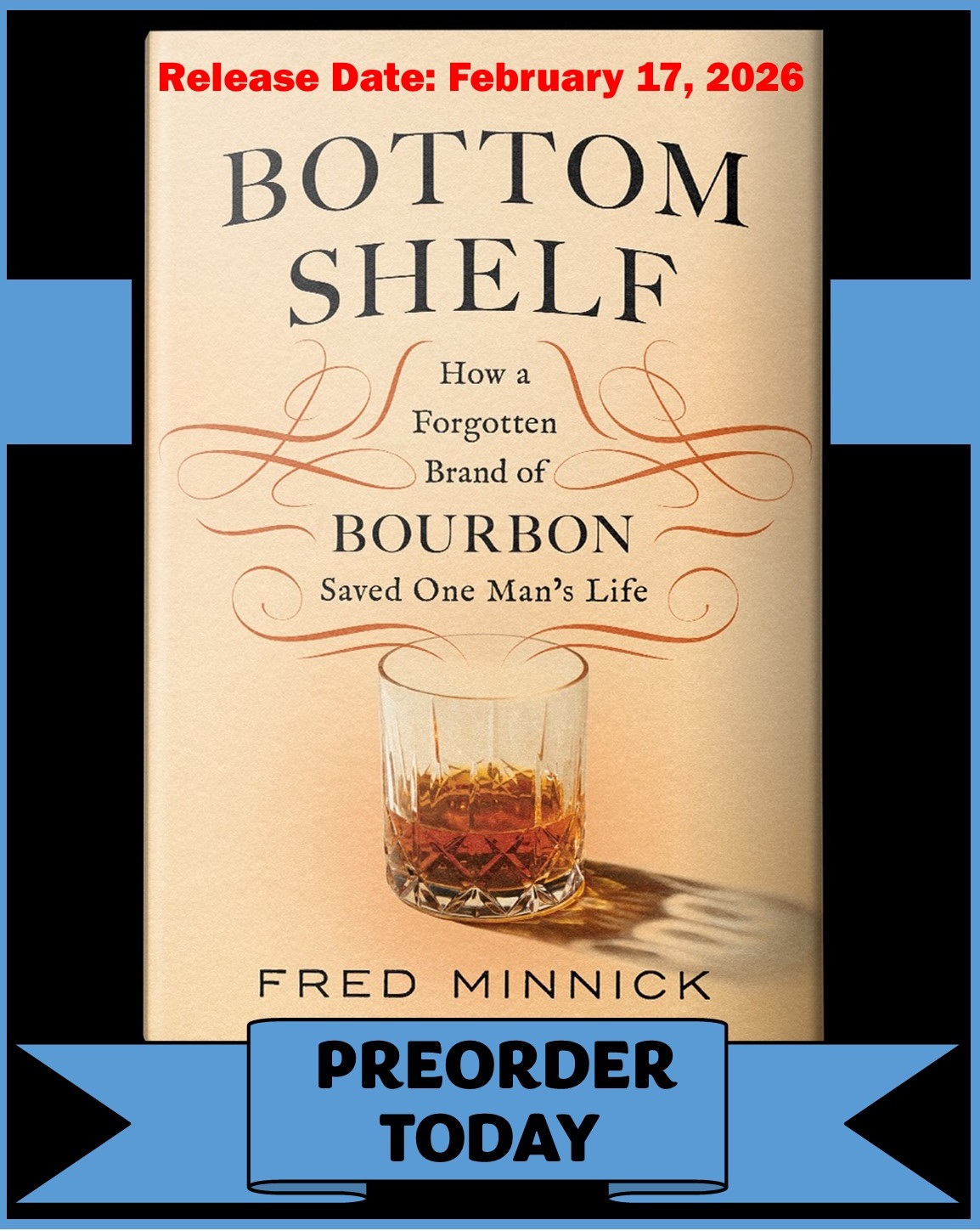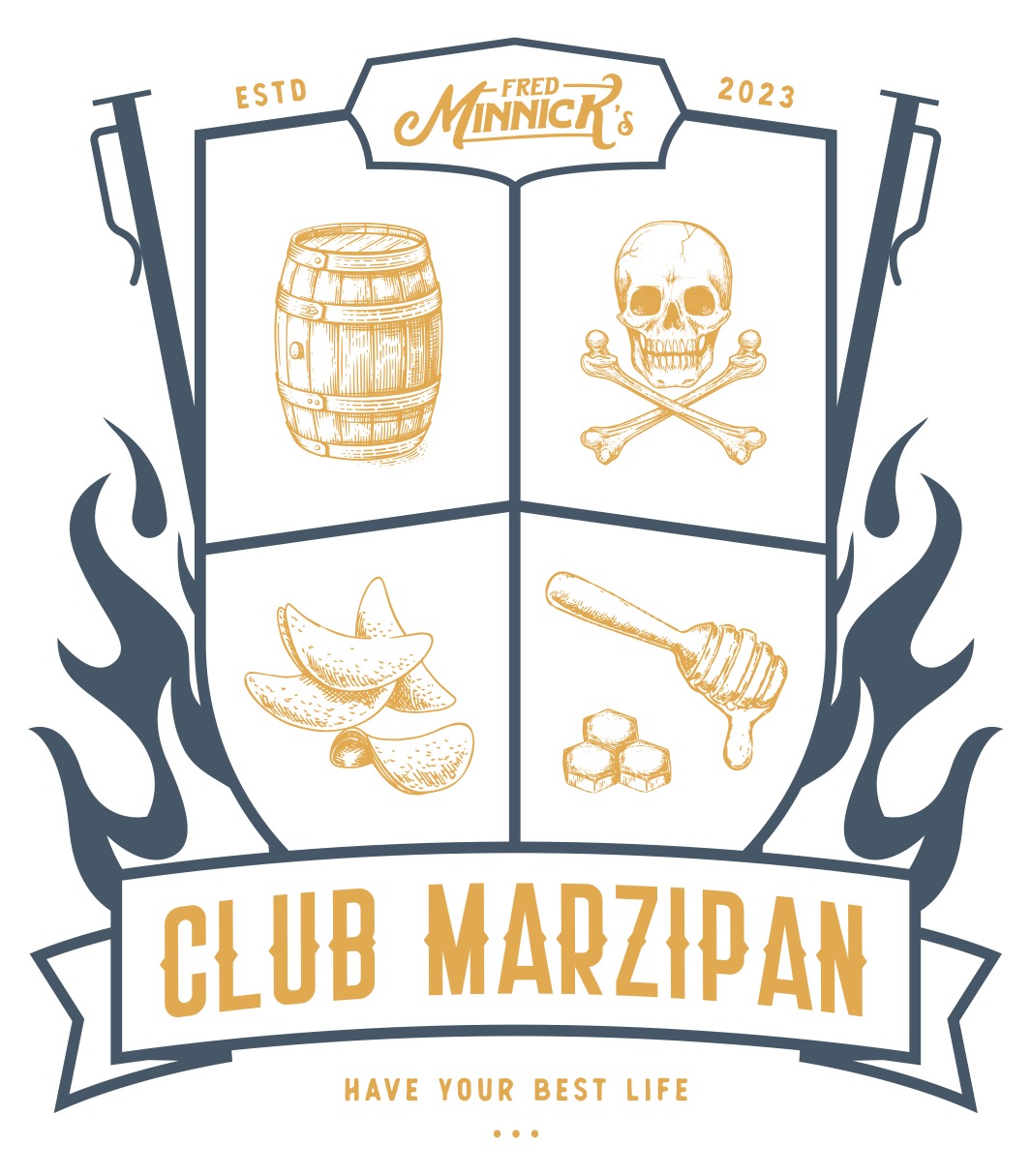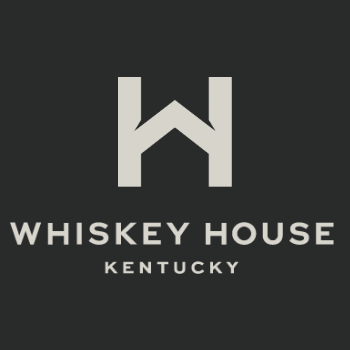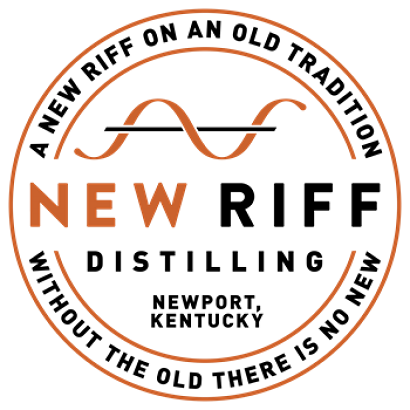Master Distillers: A History, The Truth & Fake Bourbon
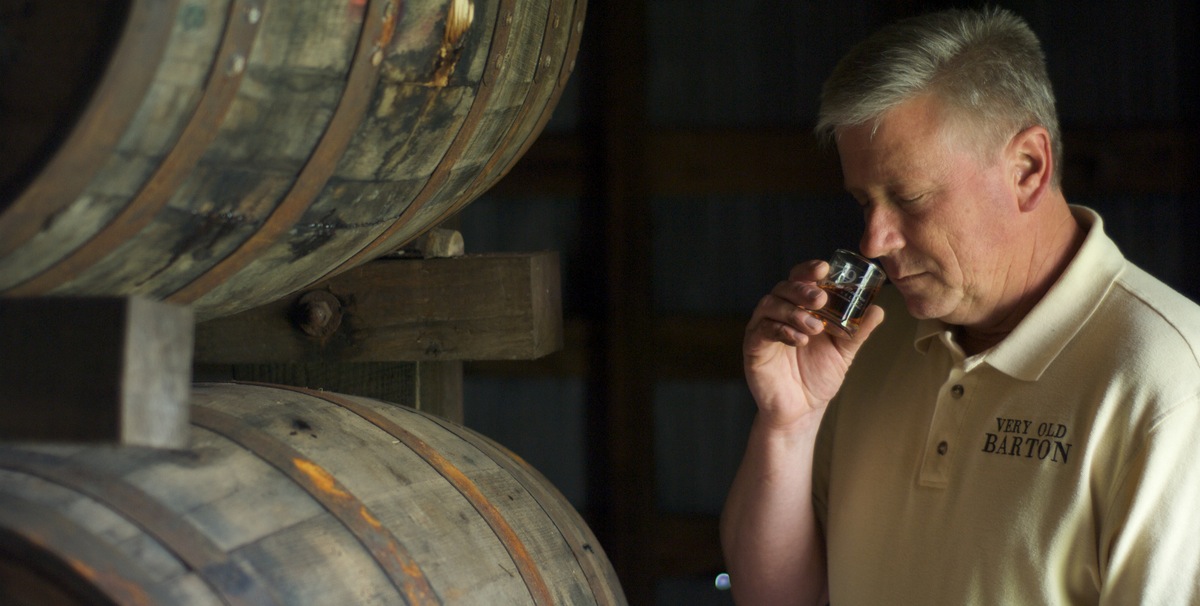
Master distiller is a commonly used term with no consistent definition.
Michter’s Willie Pratt and Bulleit’s Tom Bulleit are referred to as “master distiller” even though their companies are just now building their respective distilleries. (Note: Diageo does not market Bulleit as a master distiller, but he is commonly introduced as one in media and at events.) MGP Ingredients’ Greg Metze and Four Roses’ Jim Rutledge use the same title, but their duties are drastically different. Greg only makes distilled spirits, while Jim spends much of his time marketing Four Roses to consumers and media.
Craft distillers who started making distillate less than a year ago, former marketing managers and converted small business owners all call themselves master distillers right now. Perhaps, after taking a distilling class or receiving on-the-job training, they consider themselves qualified. But even if you disagree with their using the title, show me the contemporary position announcement that defines the job.
For such a specific title like master distiller, the duties range from talking to media and taking distributors to dinner and from smelling corn for mold to actually turning a knob for distilling. Hell, I could call myself a master distiller right now, buy six cases of bourbon and blend them for the “Old Minnick, America’s Smoothest Fake Bourbon” and nobody would stop me. Just for argument’s sake, let’s say I get away with the illegally making such a product, I assure you every newspaper story would title me as “master distiller” because they don’t know better. And why would I stop them? My master distiller title could help sell Old Minnick, America’s Smoothest Fake Bourbon.
Master distiller is catchy and authoritative. But it may surprise you that it is not new.
Believe it or not, master distiller goes back much further than the modern guys and gals signing bottles at WhiskyFest.
In my research, I’ve found several 1800s references to so-called master distillers. None were more poignant and defined than in the 1867 “Arts & Sciences” section of The English Cyclopaedia (Note: UK English spelling): “He tests the specific gravity of all the liquids as often as he pleases; he requires that the numerous pipes shall be painted, some black, some red, some blue, and some white, in order that he may know which is for the conveyance of wort, which for wash, which for the first spirit, and which for the finished spirit; he demands the aid of ladders and passages to give him access to every part of every piece of apparatus. In short, the master distiller is so thoroughly controlled in all the operations, that nothing but the prospect of large profits, arising out of a large business, would induce a manufacturer to wear such shackles.”
Even though it’s been more than 140 years, the above definition could still work today.
In the bourbon world, master distiller was frequently used before and after Prohibition. In the mid-1930s newspaper ads, trying to win over new post-Prohibition customers, Nicholas O. Blair championed himself the master distiller of The Blair Distilling Company in Chicago, Kentucky. “Nick Blair….was practically born a distiller,” a 1936 ad stated. “….Blair had been a full-fledged master distiller for ten years and was ready to carry on the business….”
Of the legendary Dant distilling family, Michael J. Dant’s December 27, 1956, obituary refers to him as the “oldest master distiller in Kentucky when he died….”
When Joseph L. Beam passed away, the former Heaven Hill distiller’s obituary lede: “A master distiller for more than 58 years…..” Interestingly, Joseph L.’s cousin, Col. Jim Beam, is referred to as the “oldest practical distiller” vs. master distiller in his 1947 obituary.
Nonetheless, the term existed in the olden days and was widely used.
It goes without saying that the average 1930s master distiller was more qualified than today’s. Back then, from what I’ve been able to gather in historical archives, Kentucky companies referred to their distillery hierarchy in this order: distiller, head distiller and then master distiller. They were actually distilling, too. Today, anybody can use the title, cheapening its meaning and worth on a résumé.
Popular brands like Jefferson’s, Pappy Van Winkle and Black Maple Hill are either contract distilling or purchasing warehouse barrels to blend their respective products. That doesn’t take away from their juice; it simply means they don’t have a true master distiller. (In all fairness, Julian Van Winkle informs people he’s not a distiller, but he’s commonly referred to as one.)
So, it’s just a suggestion: Maybe you don’t call yourself a master distiller if you’re not a master distiller. There’s no shame in mingling barrels together. In fact, I encourage all brands not distilling their own whiskey at their own distillery to create a new title–Master Mingler. That has a nice ring to it.
Fred Minnick is author of multiple bourbon books, including Bourbon Curious. Subscribe to Minnick’s YouTube Channel to see his live tastings. He is the editor-in-chief of Bourbon+ Magazine. Follow him on Twitter, Facebook, Instagram and his free drinks newsletter.



